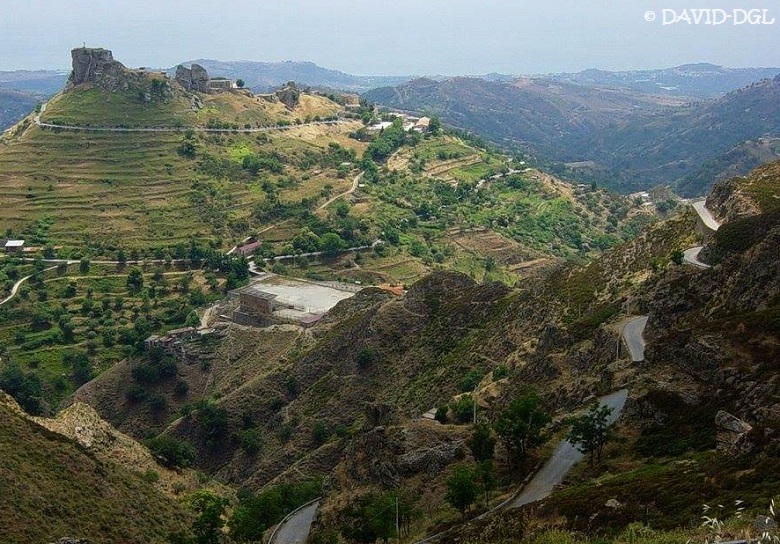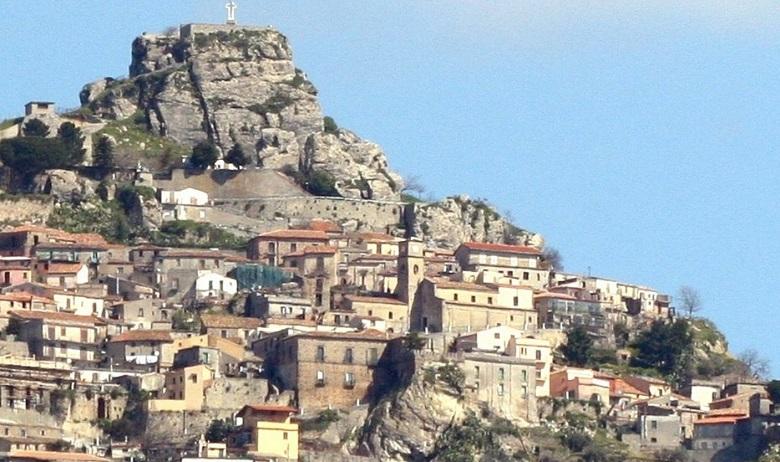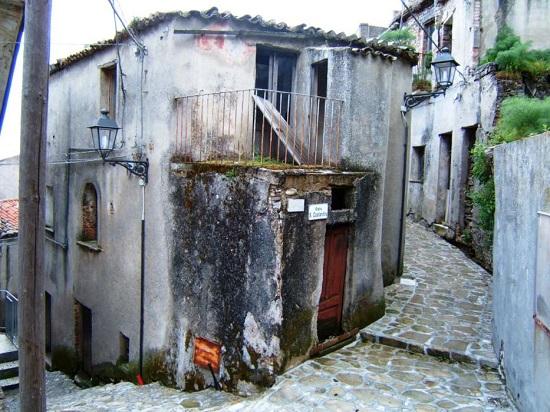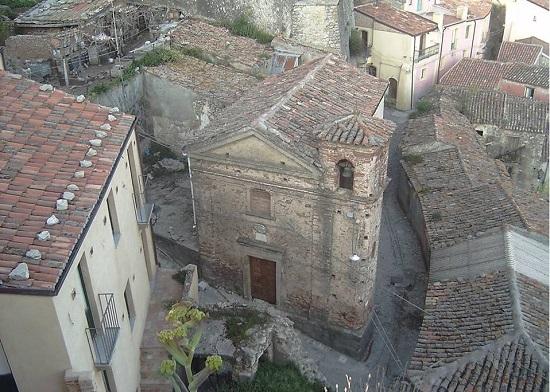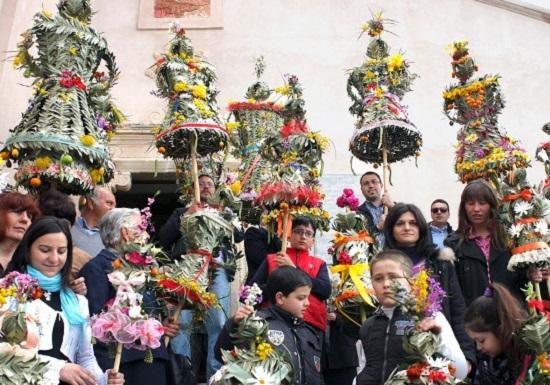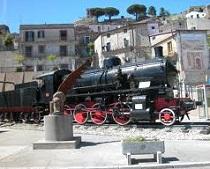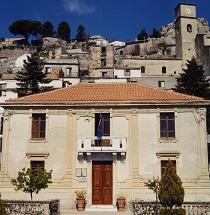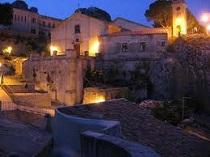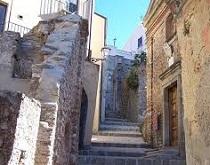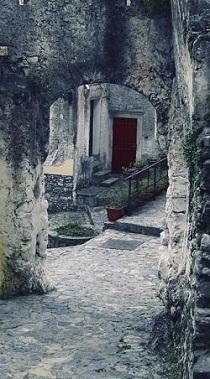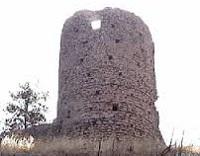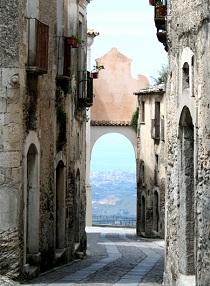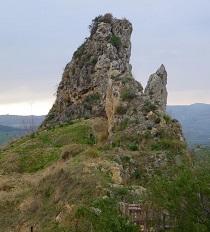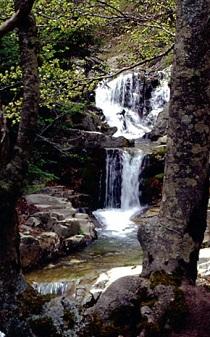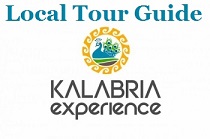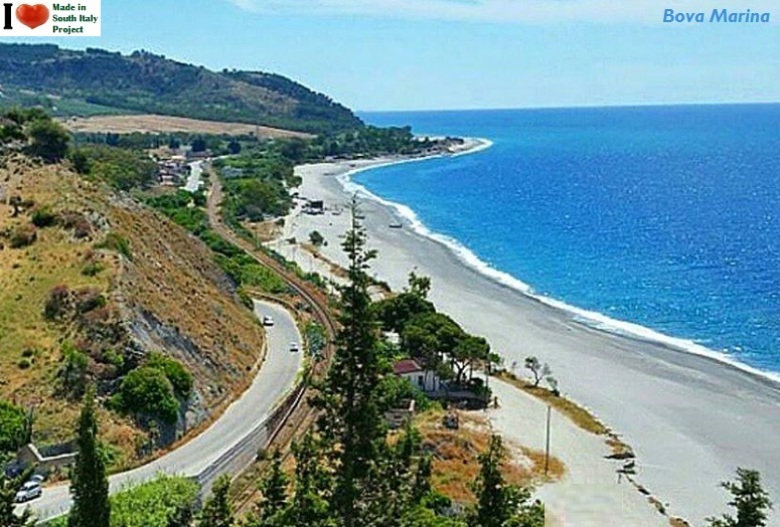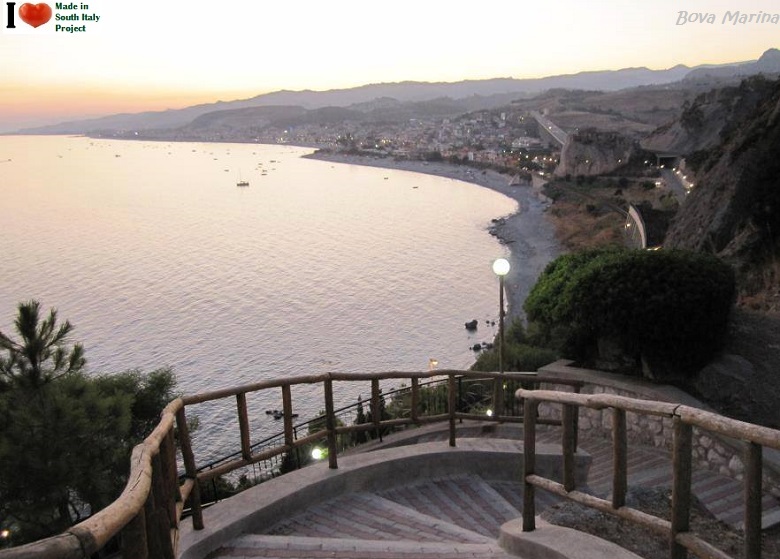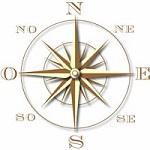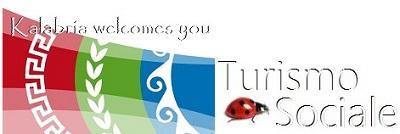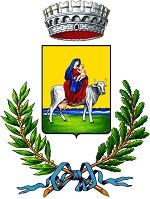
Located at some 900 m altitude, Bova is considered the Centre of Hellenism, promoting initiatives to preserve Hellenic language and culture.
Walking up through the old town alleys one experiences a number of strong emotions.
The visitor is captivated by this little mountain town and its unique beauty.
The horizon is spectacularly marked by Mount Etna, the gigantic volcano which is snowcapped many months of the year.
The mountain town is one of the Greek (Griko dialect) speaking villages of Bovesia, one of the two Griko-speaking areas of southern Italy.
Known by its Greek name of Vuna (bovile) it followed the events of the wars between the major Greek cities in the area, Reggio, Locri and Syracuse, and was later subjected by the latter.
After the Roman conquest, it became a town with citizenship rights.
The unceasing attacks from sea pushed most of the towns in the area to resettle in safer locations far from the coast.
The inhabitants from Delia founded the current Bova on a slope of the Aspromonte, .
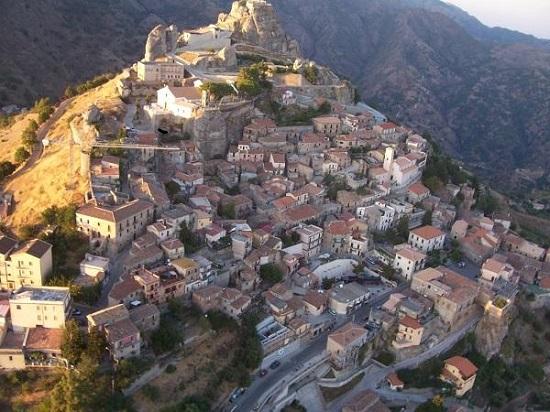 This did not prevent the Saracens from attacking the town repeatedly and, in 953, from sacking it. Much of the population was deported, by order of the Sicilian Muslim emir Hassan al-Kalbi, as slaves to Africa.
The Arabs besieged Bova again in 1075.
During 1577, Bova was hit by the Plague which killed many inhabitants and led to isolation of the village and subsequent economic damage for commerce. During the same century the defensive system of towers was amplified in order to contrast frequent Turkish incursions (1572).
Under the Normans (11th century) Bova became an ecclesiastical fief under the Archbishop of Reggio, who held it until the abolition of feudalism in 1806. In World War II the town was heavily bombed by the Allies in 1943.
A traveler, who comes to Bova after having driven through the nine kilometres linking Bova Marina to the Aspromonte Mountains, immediately realizes it is a beautiful natural environment and, above all, has an amazingly lovely city centre.
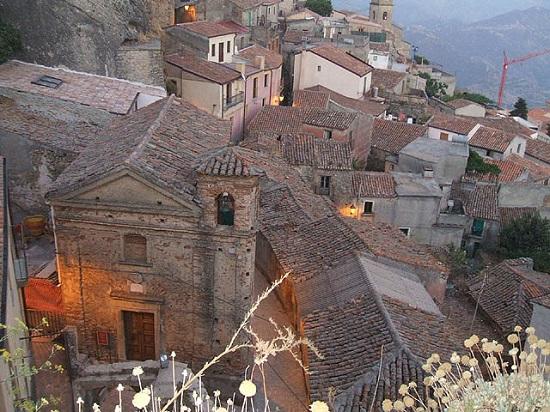 Walking up through the old town alleys one experiences a number of strong emotions.
The horizon is spectacularly marked by Mount Etna, the gigantic volcano which is snowcapped many months of the year.
Behind, there are the last spurs of the Appennino and, on the opposite side, a boundless stretch of the Ionian Sea.
The visitor is captivated by this little mountain town and its unique beauty. As a source of endless discoveries, it is a sort of door to history through its narrow streets climbing in a whirl and its palaces and monuments.
An interesting anecdote regards the construction, in 1822, of the arch of the Palazzo Nesci building belonging to the Barons from Sant'Agata: it is the access point to the square for those coming from south.
According to a legend, the local masonry masters ran out of the water they were using for mixing the construction material, so they used some wine instead , thus colouring the entire structure red.
The Palazzo Nesci is not the only remarkable edifice in the architectural patrimony in Bova; there is also Palazzo Mesiani (the former prison) and Palazzo Romeo on the east side of the square. This square welcomes thousands of visitors and lovers of mountains, nature and culture every year.
Moreover there are a number of churches which cover a limited urban perimeter located on main streets with names of Greek origins, such as Brigha, Cavalli, Bucissa, Caloiero, Agrappida, Vunemo.
The Blessed Virgin, San Leo, the Holy Spirit, the Blessed virgin Mary of Mount Carmel, the Cathedral, many places of worship emphasize the deeply rooted link between Bova's people and religion, an occasion for sacred and profane to meet reaching its utmost expression during the celebrations in honor of San Leo, the patron saint of the town whose commemoration is on May 5.
Chiesa del Carmine
Cathedral Santa Maria dell'Isodia
 Interior views
Interior views
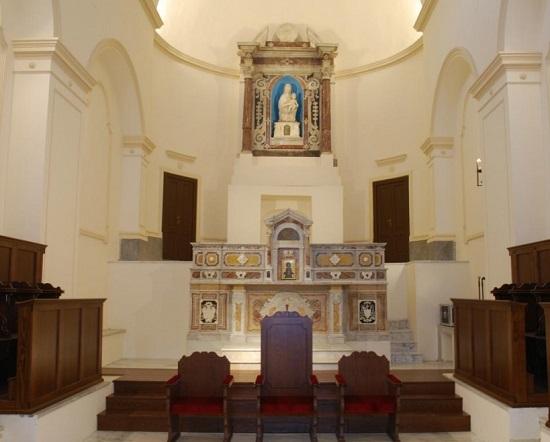 Events - Easter Palm Sunday
Events - Easter Palm Sunday
Palm Sunday is celebrated in a unique way , unknown in other parts of Italy.
The ritual consist of bringing in procession to the shrine of St. Leo , the tall female figures made with olive leaves skillfully interwoven by the locals .
At the end of a laborious process "the pupazze" are embellished with flowers and fruits.
These ' statues ' are then carried in procession through the narrow winding streets of Bova .
The origins of the rite is not known, but it is thought to date back to the worship of the prehistoric peoples who used to evoke the the fertility of Mother Earth. These ancestral customs are very common in southern Italy.
|
What to see
Historical center
Ruins of the Castle
Palazzo Nesci
Palazzo Mesiani
Mazzacuva
Torre Normanna
Palazzo Romeo
Palazzo Larizza
Palazzo Condemi
Chiesa di San Leo
Chiesa di San Rocco
Chiesa di Santa Maria
dell'Immacolata
Chiesa dello Spirito Santo
Chiesa di Santa Caterina
Chiesa della Madonna del Carmine
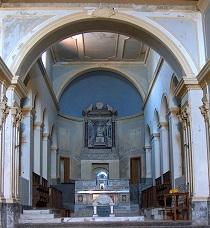

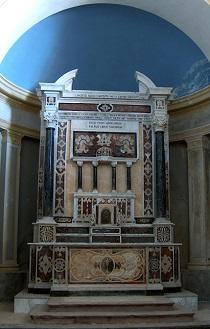
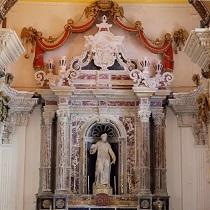
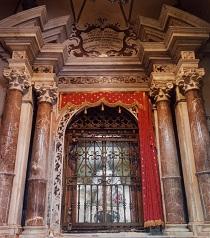 Local events
Patron Feast of
Local events
Patron Feast of
San Leo on 5th May;
Feast of the Blessed Virgin Assunta;
San Rocco and San Leo
Easter
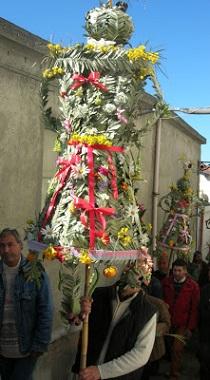
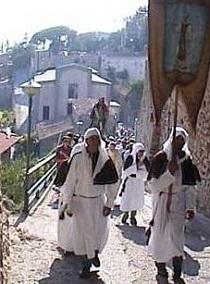 Nearby Towns
Old Africo
Nearby Towns
Old Africo
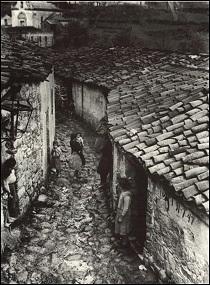 Palizzi
Palizzi
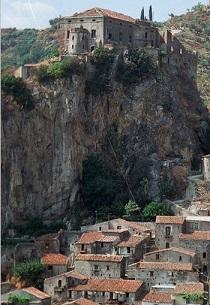 Roghudi
Roghudi
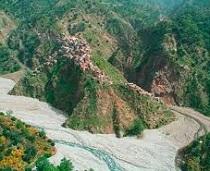 Pentedattilo
Pentedattilo  Acknowledgment & Riconoscimenti
Acknowledgment & Riconoscimenti
David DGL
|



